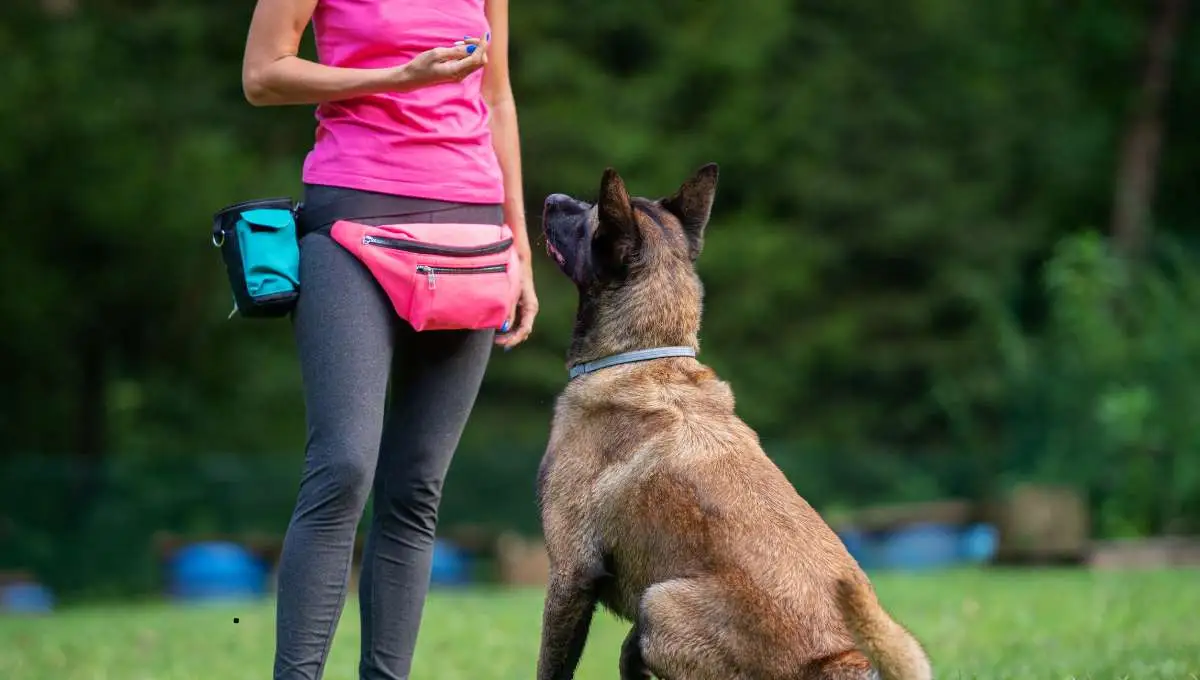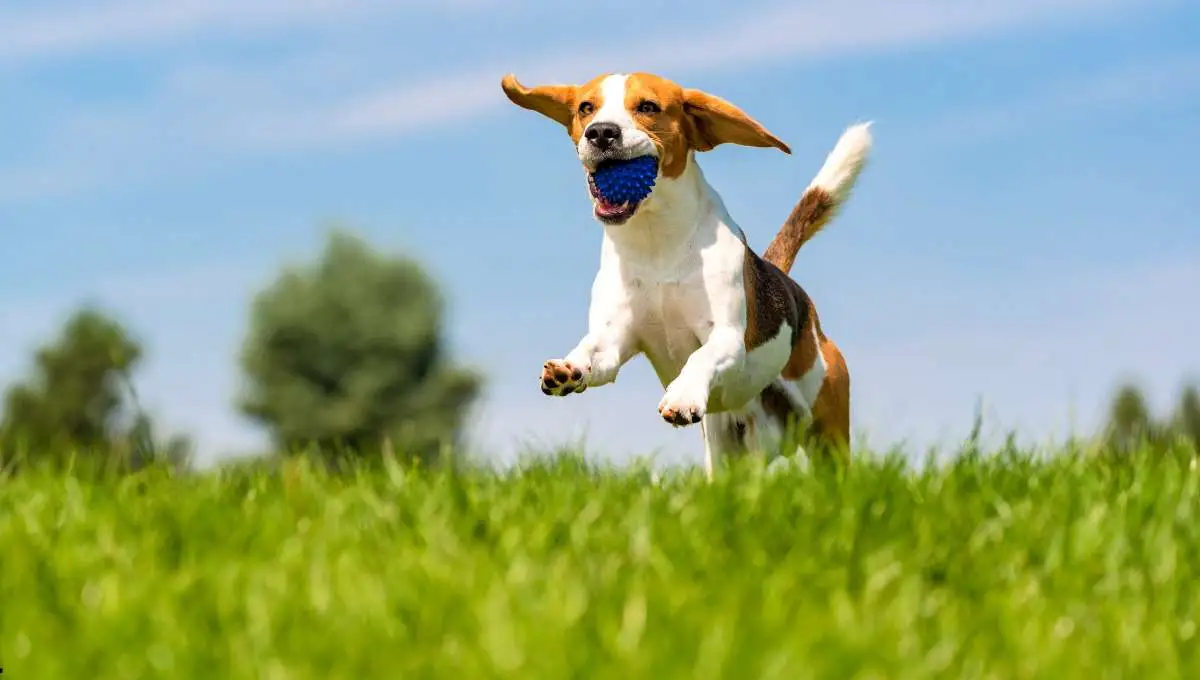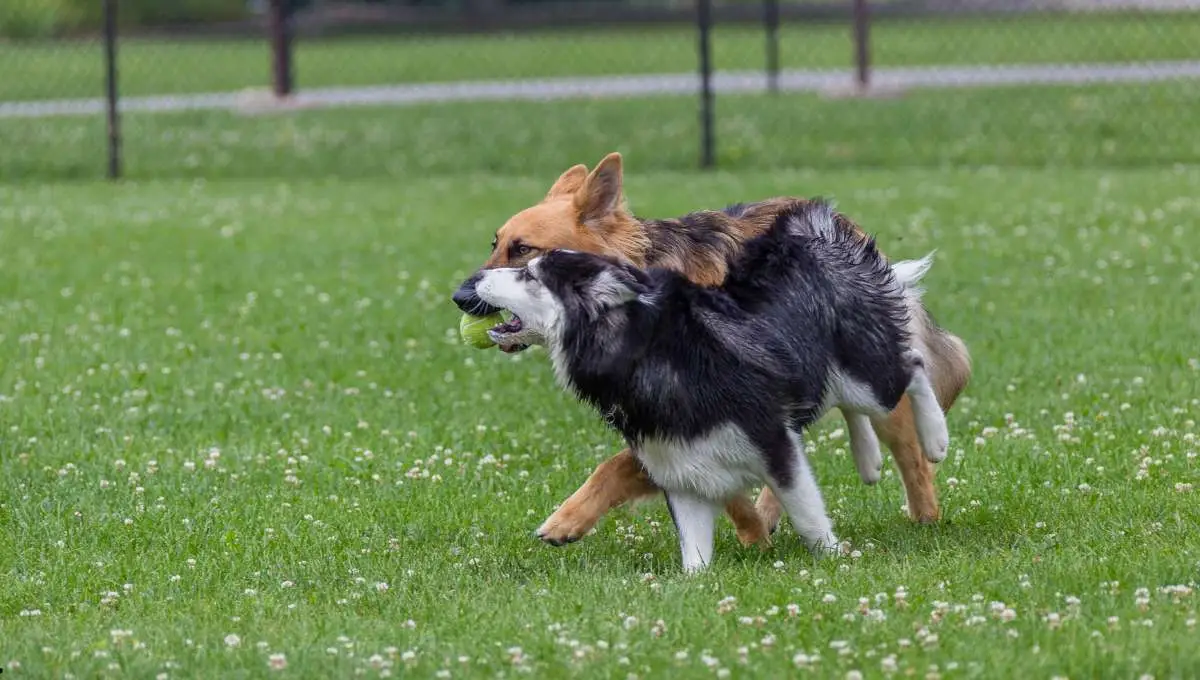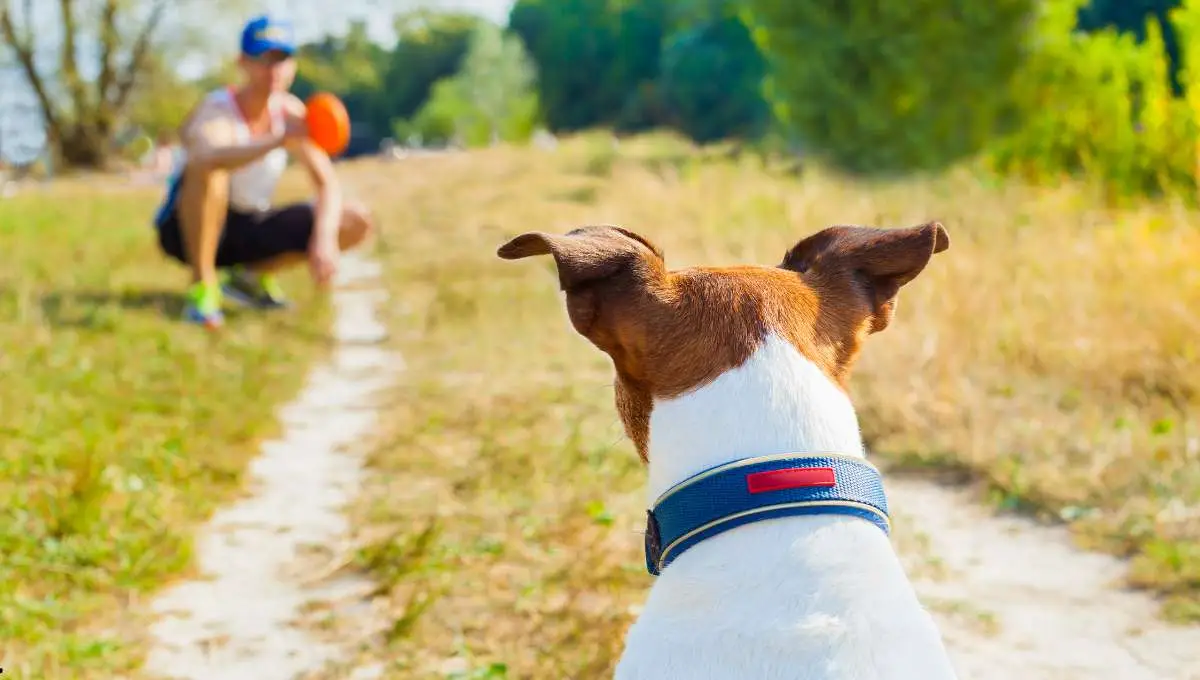Just like any other dog sport, teaching your dog flyball requires patience, consistency, and a solid training plan. Flyball is a fast-paced and exciting team sport that involves running, jumping, and fetching. In this guide, we will break down the steps needed to train your dog to become a successful flyball competitor. By following these training techniques, you can help your furry friend develop the skills and confidence needed to excel in this fun and challenging sport.
Preparing Your Dog for Flyball
Assessing Your Dog’s Fitness Level
Little preparation is key before introducing your dog to the fast-paced sport of flyball. Start by evaluating your dog’s fitness level. Flyball requires quick sprints, jumps, and sudden stops, so make sure your dog is in good health and physically fit to participate in this high-energy activity.

Basic Obedience Training
Your dog must have a solid foundation in basic obedience training before submerging into flyball. Commands like sit, stay, come, and a reliable recall are important for success in flyball. Practice these commands consistently with your dog to ensure they are obedient and responsive in any situation.
Dogs that have a strong grasp of basic obedience training tend to excel in flyball. They need to be able to focus and follow commands quickly in a high-energy environment. Basic obedience training not only helps in flyball but also strengthens the bond between you and your dog, establishing trust and clear communication.
Flyball Training Basics
Introducing the Flyball Box
One of the first steps in training your dog for flyball is to introduce them to the flyball box. This specially designed box has a spring-loaded pad that releases a tennis ball when the dog presses it with their paws. Start by getting your dog comfortable with the box by letting them sniff it and rewarding them with treats for showing interest.
Teaching the Hurdle Jump
On the road to becoming a flyball champion, dogs need to learn how to efficiently jump over hurdles. Start by setting the hurdle at a low height and encouraging your dog to jump over it using positive reinforcement. Gradually increase the height as your dog gains confidence and strength in their jumps.
This step is crucial in flyball training as dogs need to swiftly and confidently clear the hurdles to complete the course successfully. By using positive reinforcement techniques and gradually increasing the difficulty level, your dog will soon become a pro at jumping over hurdles in the flyball race.
Advanced Flyball Skills
| 1. Tightly Controlled Turns | 5. Maintaining Speed and Accuracy |
| 2. Efficient Ball Retrieval | 6. Consistent Box Turns |
| 3. Overcoming Distractions | 7. Smooth Passovers |
| 4. Perfecting Start Line Positions | 8. Error Correction Techniques |

How To Start Your Dog on Flyball
While starting your dog on flyball, it is crucial to focus on building a strong foundation. Begin by teaching them basic commands and positive reinforcement techniques. Introduce them to the equipment gradually, making sure they are comfortable with each step before moving on to the next.
How To Teach Dogs To Pass Each Other in Flyball
Some of the keys to teaching dogs to pass each other in flyball include proper training and controlled practice sessions. Start by teaching your dogs to focus on their own tasks and gradually introduce passing drills. Positive reinforcement and consistent training will help them master this skill over time.
With the right approach and patience, dogs can learn to pass each other smoothly in flyball, ensuring efficient team performance during competitions. It is important to monitor their progress closely and address any issues that may arise during training sessions.
Tips for Success in Flyball
To successfully teach your dog flyball, there are crucial tips that can help make the training process more effective. Recall, patience, and consistency are key to achieving success in this fast-paced sport. Here are some tips to guide you:
- Start with a solid foundation of basic obedience training.
- Break down the flyball training into small, manageable steps.
- Use positive reinforcement techniques to motivate your dog.
- Practice regularly to build your dog’s speed and confidence.
Recognizing your dog’s progress and celebrating small victories along the way can also boost their enthusiasm for flyball training.
Factors Affecting Your Dog’s Performance
There’s no one-size-fits-all approach when it comes to flyball training. Several factors can impact your dog’s performance, including their breed, age, physical condition, and previous training experiences. It’s crucial to tailor your training methods to suit your dog’s individual needs.
- Keep sessions short and engaging to prevent mental fatigue.
- Ensure your dog gets enough rest and recovery time between training sessions.
- This will help prevent burnout and keep your dog excited about flyball.

Troubleshooting Common Issues
Your dog may encounter common challenges during flyball training. It’s crucial to address these issues promptly to prevent them from hindering your dog’s progress. Some common issues include lack of motivation, fear of the flyball box, or difficulty with the handoff. By identifying the root cause of the problem, you can implement targeted solutions to overcome these challenges and keep your dog on track to success.
Factors such as improper technique, distractions in the environment, or fatigue can also contribute to performance issues in flyball. By addressing these factors and adjusting your training approach accordingly, you can help your dog reach their full potential in this exciting canine sport.
Competing in Flyball
Finding and Joining Flyball Competitions
For those looking to test their dog’s skills and teamwork in a competitive setting, finding and joining Flyball competitions is necessary. These events allow dogs and their handlers to showcase their abilities, compete against other teams, and earn awards for their accomplishments.
Preparing for a Flyball Tournament
With a Flyball tournament on the horizon, it’s crucial to prepare your team effectively. Training sessions should focus on building speed, accuracy, and seamless ball retrieval. Good communication between handler and dog is key to success in the fast-paced tournament environment.
Tournament: Prior to the tournament, ensure that your dog is physically fit and mentally prepared. Pack all necessary gear, including safety equipment, water, treats, and a first aid kit. Familiarize yourself with the tournament rules and schedule to ensure a smooth experience for you and your canine partner.

Frequently Asked Questions
What is Flyball?
Flyball is a dog sport that involves a relay race where teams of dogs jump over hurdles, trigger a box to release a tennis ball, and then catch the ball before running back to their handler.
Why should I teach my dog Flyball?
Teaching your dog Flyball can provide physical exercise, and mental stimulation, and strengthen the bond between you and your pet. It also helps in improving your dog’s agility, speed, and obedience.
How can I teach my dog Flyball?
To teach your dog Flyball, start with basic obedience training to ensure your dog can follow commands. Then gradually introduce the components of Flyball such as jumping over hurdles, triggering the box, and retrieving the ball. Consistent practice, positive reinforcement, and patience are key to successfully teaching your dog Flyball.
Final Words
Now that you’ve familiarized yourself with the basics of teaching a dog flyball, it’s time to put your knowledge into practice. Remember to be patient, and consistent, and reward your furry friend for their progress.
With dedication and positive reinforcement, your dog will soon be a pro at flyball. Enjoy the bonding experience and the excitement of watching your dog race through the course with joy and enthusiasm!
